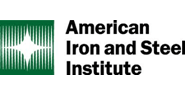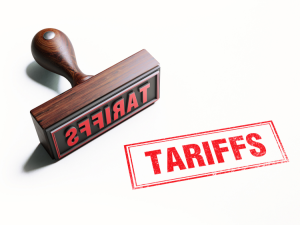July 2023- Facetime: Steel market analyst JOSH SPOORES talks with Modern Metals about CRU steel prices
Q: Josh, you have been involved in the steel industry for quite a while. Can you give MM’s readers a quick summary of your experience?
A: I joined the industry in 2005 and worked at a mill, service center, my own research company and then have been at CRU since 2012. I started learning the industry at Majestic Steel USA. They bought and sold in the spot market and carry a huge amount of inventory in anticipation of sales. Working there taught me an incredible amount about procurement strategy as well as how to develop a unique brand of market analysis. It’s this real-world analysis that matters—immersing yourself in data points and information, but, at the same time, making sure to eliminate any excess noise.














